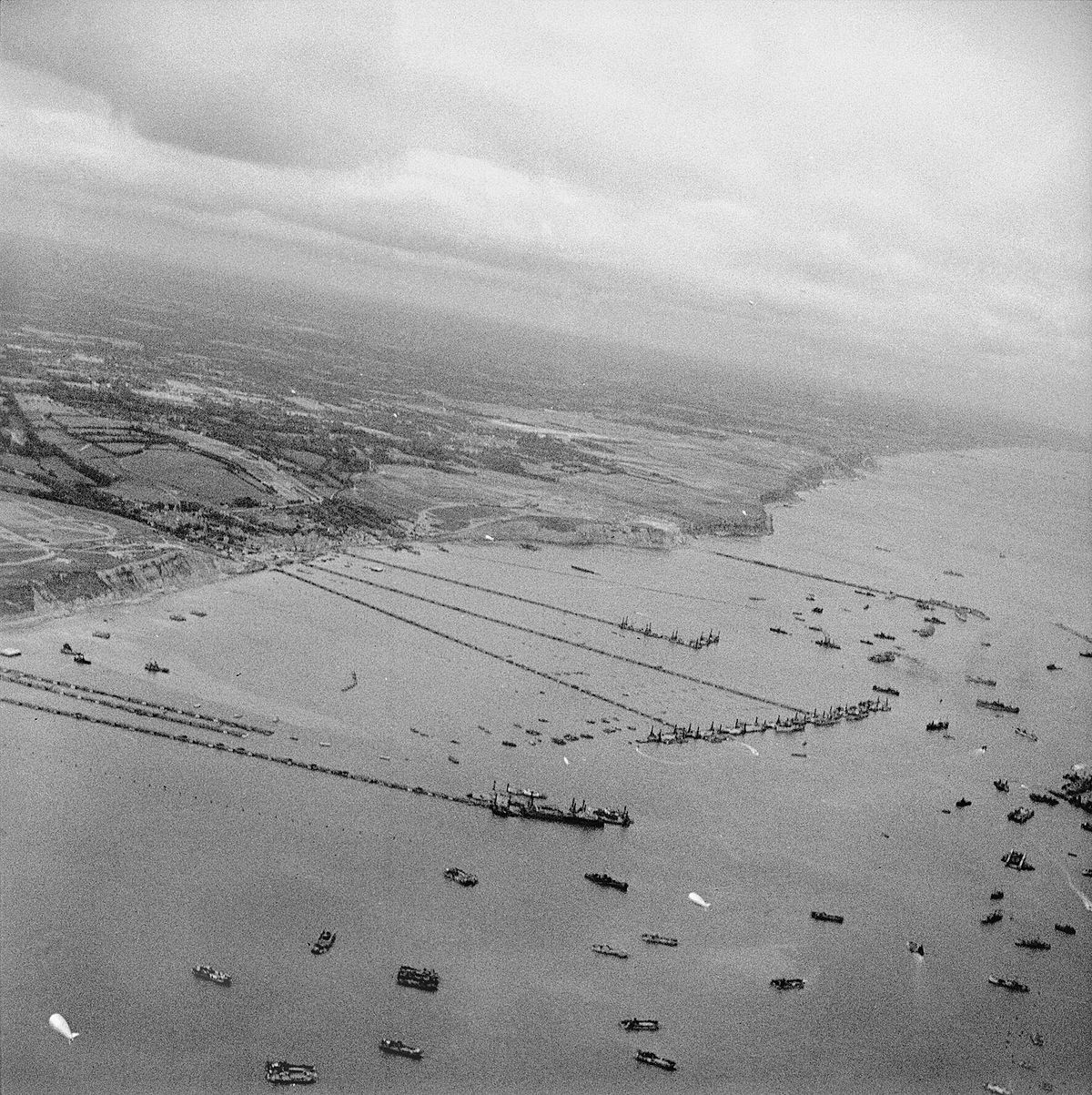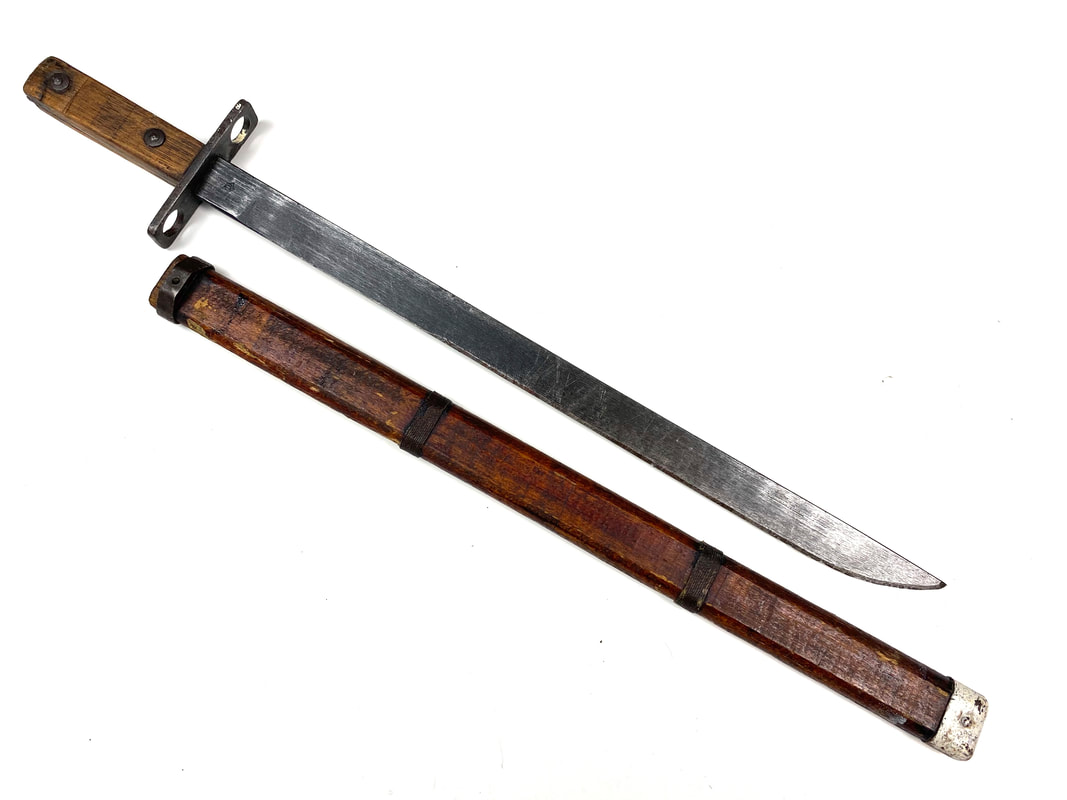What you are ignoring is that the Japanese we're still fighting from fixed defenses. To make things worse, on most islands there wasn ‘t room for maneuver warfare.
No, I am not missing that. Every defensive position is a "fixed defense", even if it is just foxholes. However, the Japanese by 1944 had opted more for "defense in depth", and not fighting tooth and nail for the first 100 meters or so of beachfront. They were conducting more of their defenses father inland, as well as staging counter-offenses from concealed positions and not from the positions themselves.
And there was plenty of room, especially in later battles. However, what worked against things like tanks was the terrain. Okinawa and Philippines were both pretty large, but the rugged terrain and jungles are what made tanks mostly impractical. But tanks were used in most of the battles in the Pacific, but only in limited numbers in limited areas because of terrain, not maneuver room.
And by 1944, the Japanese learned that they simply could not prevent a determined amphibious assault. They were spread too thin, over too many islands with not enough supplies and resources. So they decided on a strategy of causing as many casualties as they could, hoping that even as they lost battles they might win the war through attrition.
But even more important, those were islands and not their mainland. But their strategies were largely the same even on Japan itself as well as Hokkaido and Kyushu. To not meet force with force on the beaches, but to let them extend their supply lines then hit them where it was not expected. As well as a lot of "hit and run" tactics, along with suicide charges en masse. And Japan itself would have been worse, where they expected most of the civilians to take part as well.
But they had no expectation that they would "beat off" the invaders. That they would "throw them back into the sea". Their intent was to make invasions soo costly that the Allies would run out of forces, or get so sick of the fighting that they would settle for an armistice.
Which is very unlike Germany in 1944, which was still trying to fight from the idea of repelling them at the beach itself. Japan by that time had already learned in battles like Tarawa and Guadalcanal, as well as their own taking of the Philippines and other places. No matter how good the defenses are, they can be eliminated, gone around, or starved out. So trying to hold in that manner was simply not effective. Better to set up the defenses not for total defeat, but to make taking the land as costly as possible.
And they learned that actually very fast. Their high command was shocked at how quickly Tarawa fell. The General in charge had made a claim it would take "a million men a hundred years" to take the island. But the US did it in less than 4 days. And their own ability to do the same thing against "impregnable" defenses all up and down the Pacific from the Philippines to Singapore affirmed that trying to actually keep the invaders away was pretty much impossible.
There is a damned good reason why such defenses pretty much fell out of use after WWII. The two Koreas and Taiwan are really the only places defenses like that are still found. But even then, it is not with the idea of a "Fortress Europe" approach to throw the invaders back. It is with the more modern idea of slowing them and making an invasion costly, as they build up their forces inland. And destroying those defenses and pulling back themselves when they are close to being overrun. Not manning them until the last man and dying in place. As well as stalling for time, as they hope that others will come to their aid.
I am ignoring nothing, Japan simply realized faster than Germany did because of first hand experience that a total defense from beach assault was largely impossible against a determined enemy. They proved so themselves early in the war, then had it done to them in return later on. I think the last time such was even attempted would be all the defenses that Iraq threw up in Kuwait in 1990-1991. Which proved to be just as worthless, as the coalition attacked through their back door, then simply shelled most of the positions then avoided them by helo and airborne assaults.


